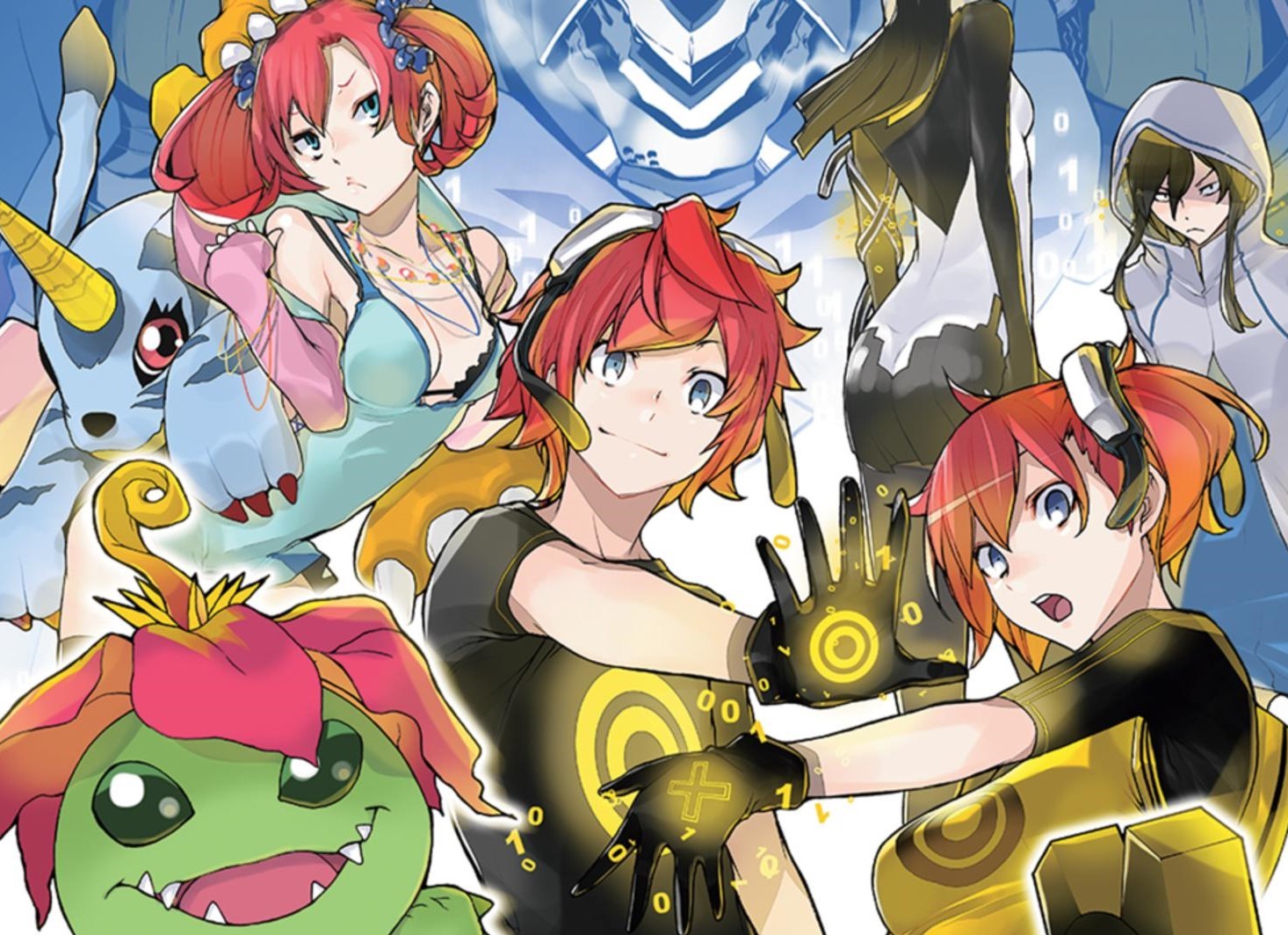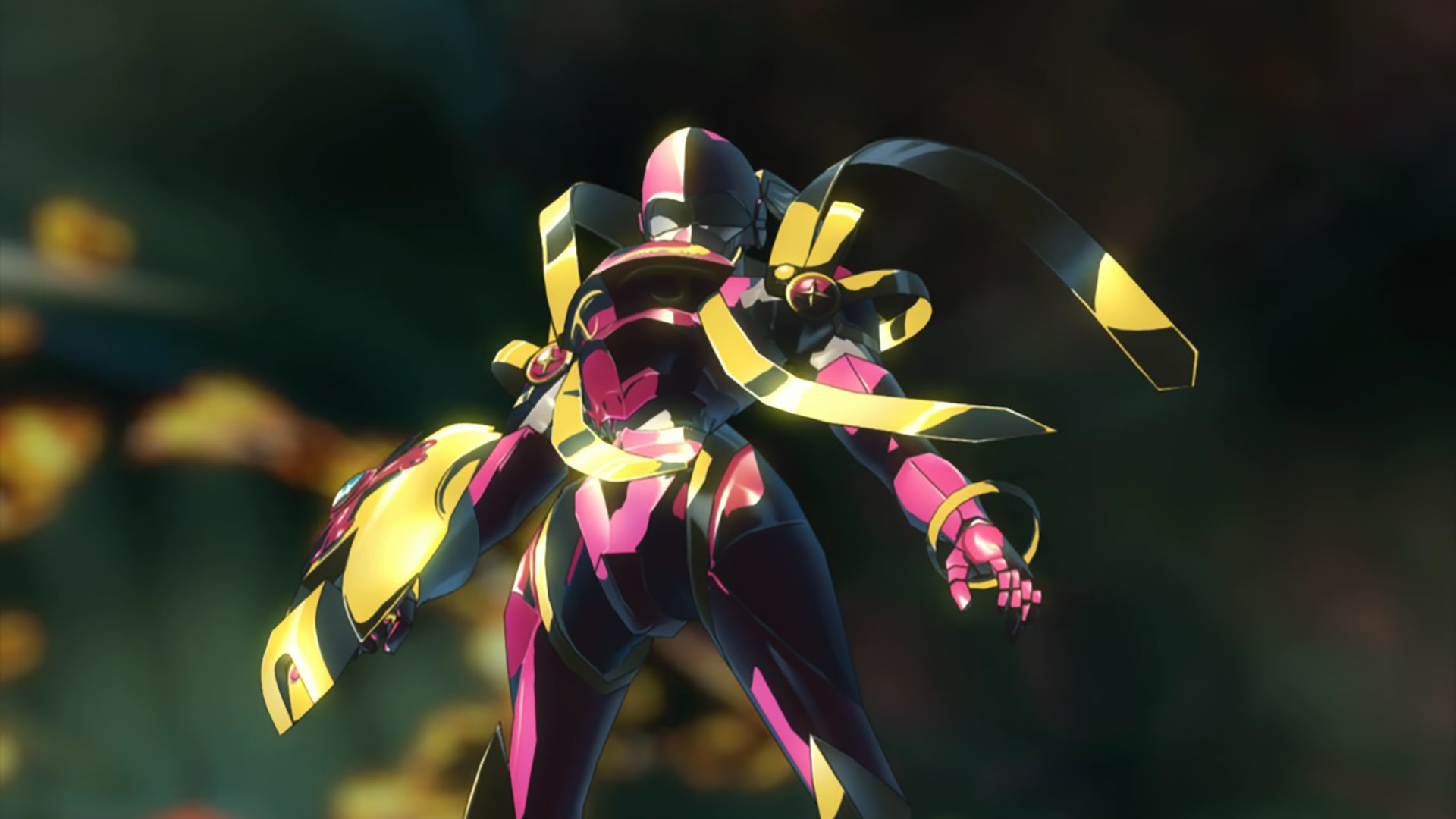


Split nearly down the middle, hackers fall either into the “digimon are real digital creatures that have feelings” or “digimon are programs and I can do what I want with them.”Īs a nearly silent protagonist, Keisuke rarely delivers an opinion outside of his emoji, like expressions of happiness, sadness, or exasperation. They are explained as helpful programs that make hacking far easier and more accessible than it was in the old days. Large portion of Hacker’s Memory is spent dealing with the ethical side of digimon capture and use. To help them along the way, hackers use the titular digimon. Hackers in this tech-future version of Tokyo serve as problem solvers and handymen, and are often called upon to investigate cases in both the real world and Eden. Thankfully, most of the other characters prove better. The majority of his dialogue, short a few actually decent scenes that deal directly with his character and past, is just him spinning yarns about wanting to find “the one”, while casting as many horrible pick-up lines as possible. Chitose, on the other hand, is sadly relegated to the bargain bin of stereotypical ladies men. Ryuji and Erika are very well developed, and I was able to see a lot of my own relationships with my brothers back and forth between the two.

Ryuji operates a net cafe as a base of operations. It's made up of two members of a now legendary but defunct hacker squad, Ryuji and Chitose, as well as Ryuji’s sister Erika, a hacking prodigy who uses a stuffed whale as a virtual keyboard. Seeking to get it back and reclaim his place in the world, Keisuke joins Hudie, a small hacking team. He's pulled into this world of hacking and digital monsters when his account (read: identity) is stolen. The player takes the role of a young man called Keisuke.


 0 kommentar(er)
0 kommentar(er)
